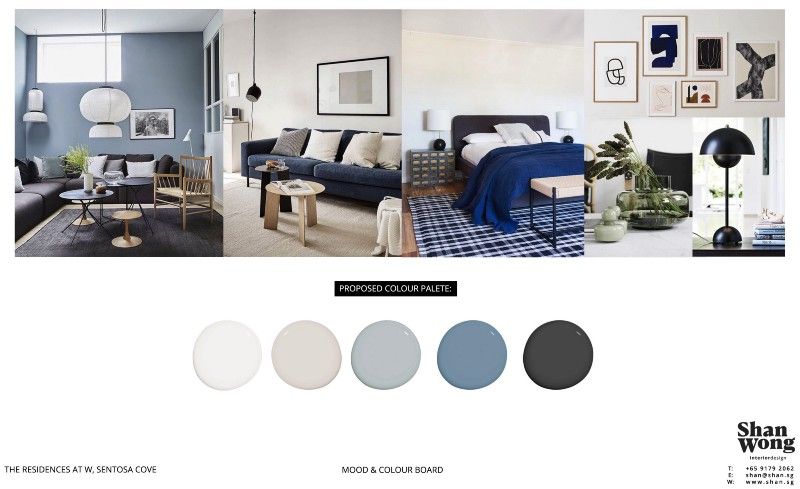Interior Design Consultant process

Let us elaborate what an Interior Design Consultant (or ID) will actually do for you.
When you decide the involvement of the Design Consultant, generally, there are four options to pick from (and you can mix and match, as you please):
- You are only interested in the design (mood boards, 3Ds, space planning and technical drawings) and take that work directly to a contractor of your choice, and you shop for your own materials,
- You want the design and help shopping for materials; the designer will take you to the best shops and help you decide the materials such as tiles, flooring, furnishing, etc,
- You want both the design and project management; the designer will represent your interest and ensure that the contractor delivers on time, and will carefully follow up during the building phase. The designer becomes your single point of contact,
- The last option, as this can also be a standalone option for existing spaces that want to get a retouch without a full renovation, is the styling and accessorizing option; you’ll work with the designer to fill up your space with accessories (art, smaller furniture, etc) to make space uniquely yours (that way you won’t move into a semi-empty space).
Most people take options 1 to 3 — but it all depends on the involvement of the client, how much spare time they have, and their experience. There is no one-size-fits-all.
So, how do the Interior Design Consultants work?
Interior Design Consultants (or ID) work for you. They don’t owe anything to their suppliers or contractors. They may have a favourite contractor they work with and have good experience with, but they are hired by you and represent you and your interests.
The Interior Design Consultant will carefully try to understand your thoughts, values, and lifestyles. Then they work with you on a design and style that fits your personality and needs. Based on that, mood boards and potentially 3Ds are created to get the visual sense of the project and gauge your feelings. So, you can walk through the design and visualise it yourself, and further improve or make amendments if needed. At no point would the designers push a certain style or design on you.
Unless explicitly not asked (to speed up the process), the ID will get several price quotes from main contractors based on the drawings by the ID, in what’s called a “Request for Proposals”. This stage will investigate what each contractor offers, what the costing looks like, will look into the portfolio of each contractor; understand in what time frame they can get the job done, etc.

Together with the Request for Proposal the ID will look into the price quote of each contractor, inspect their offerings and warranty, and investigate if the proposed material and services are of the right quality and pricing, and more. In case certain portions of the offering are not up to par, the ID may purchase certain materials elsewhere (and instruct the contractor to work with said material), or in case certain services are not up to the requirements, the ID may, for example, decide to cut the electrical works offered by the main contractor and work directly with a third-party electrician instead. There’s no need to take up the entire contractor’s offering, and the ID can customize it to match the needs of the client and involve several parties. In such cases the ID will act as project manager and single point of contact, and oversee all the steps, hence leaving you more hands-off and stress-free. The ID will also liaise with all the suppliers to make sure all materials and furniture arrive at the right time.
The ID will also instruct on when payments can be made (in portions) to the contractor, as opposed to big lump sums. During the construction phase, the IDs will overview the progress and inspect for mistakes and make sure they get rectified.
Upon completion and before handover, the ID will also walk through the space with the client and do a final site survey and check for defects, before handover, making sure these will get rectified.
During, and at the end of the renovation, the ID may shop with you or on your behalf and purchase the big furniture (sofas, console table, bed frames, etc). They’ll also work directly with the supplier to deliver in time and coordinate installation.

And just like you’d hire your own lawyer or real estate agent to represent you and your interests, you would generally want to do the same for your interior design. There’s a transparent fee involved for the rendered services and this is why ID consultants don’t offer packages combining design, building, furniture and more.
Please share your thoughts and experiences in the comment box. Stay in touch to get additional information about our latest projects and our professional tips.
Connect with Shan on Instagram, Facebook, Pinterest, and LinkedIn.
